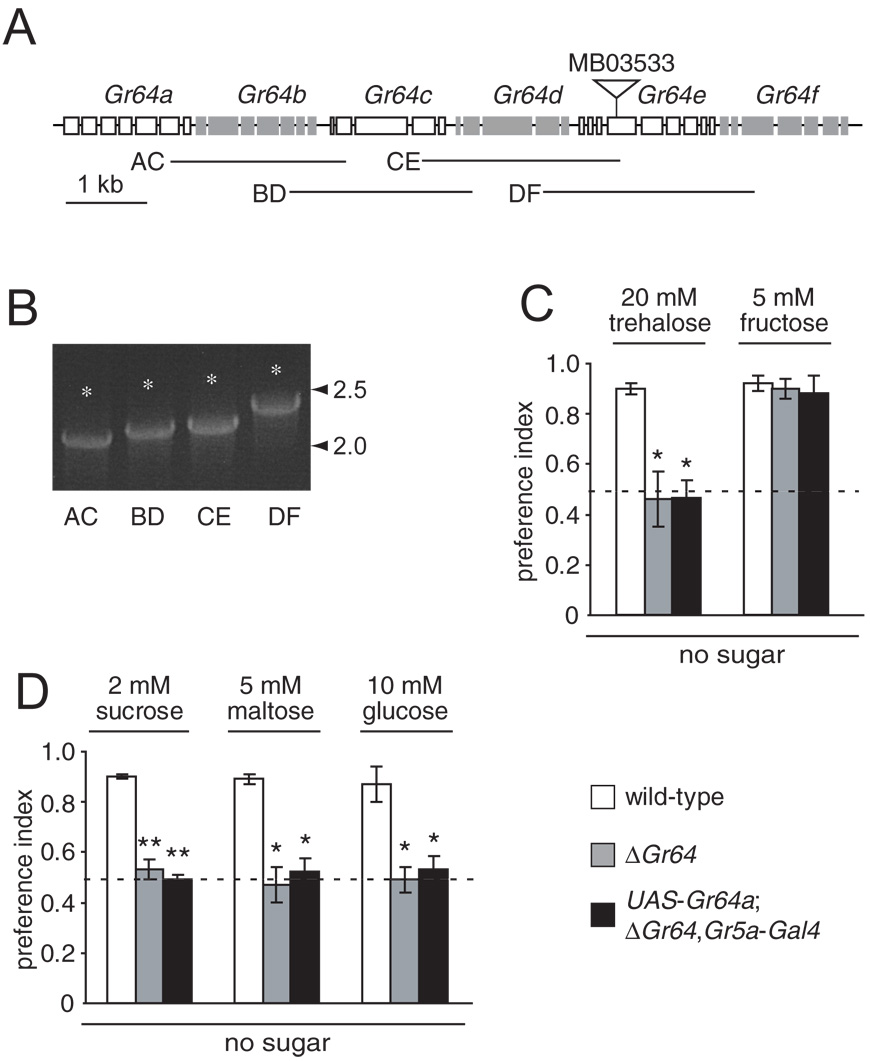Figure 1. Generation of the Gr64 mutations and two-way choice tests using ΔGr64 flies expressing a wild-type Gr64a transgene.
(A) Organization of the Gr64 locus. The six genes encoded in the Gr64 cluster (Gr64a-f) are indicated. The exons are represented by the rectangles. MB03533 is a Minos transposable element inserted in the fourth exon of Gr64e. Three genes targeted by UAS-RNAi are shaded gray. (B) RT-PCR products generated using primers that span: 1) Gr64a and Gr64c (AC), 2) Gr64b and Gr64d (BD), 3) Gr64c and Gr64e (CE), and 4) Gr64d and Gr64f (DF). DNA markers (kb) are indicated to the right. All of the RT-PCR products span introns, and no products were observed that migrate at the positions of the predicted genomic products (indicated by asterisks). (C) Two-way choice tests using trehalose or fructose versus no sugar. The wild-type control was w1118. (D) Two-way choice tests using the indicated sugars. The fly lines were the same as in panel (C). n=3, *: p < 0.05, **: p < 0.01. Detailed statistics are provided in Table S1.

